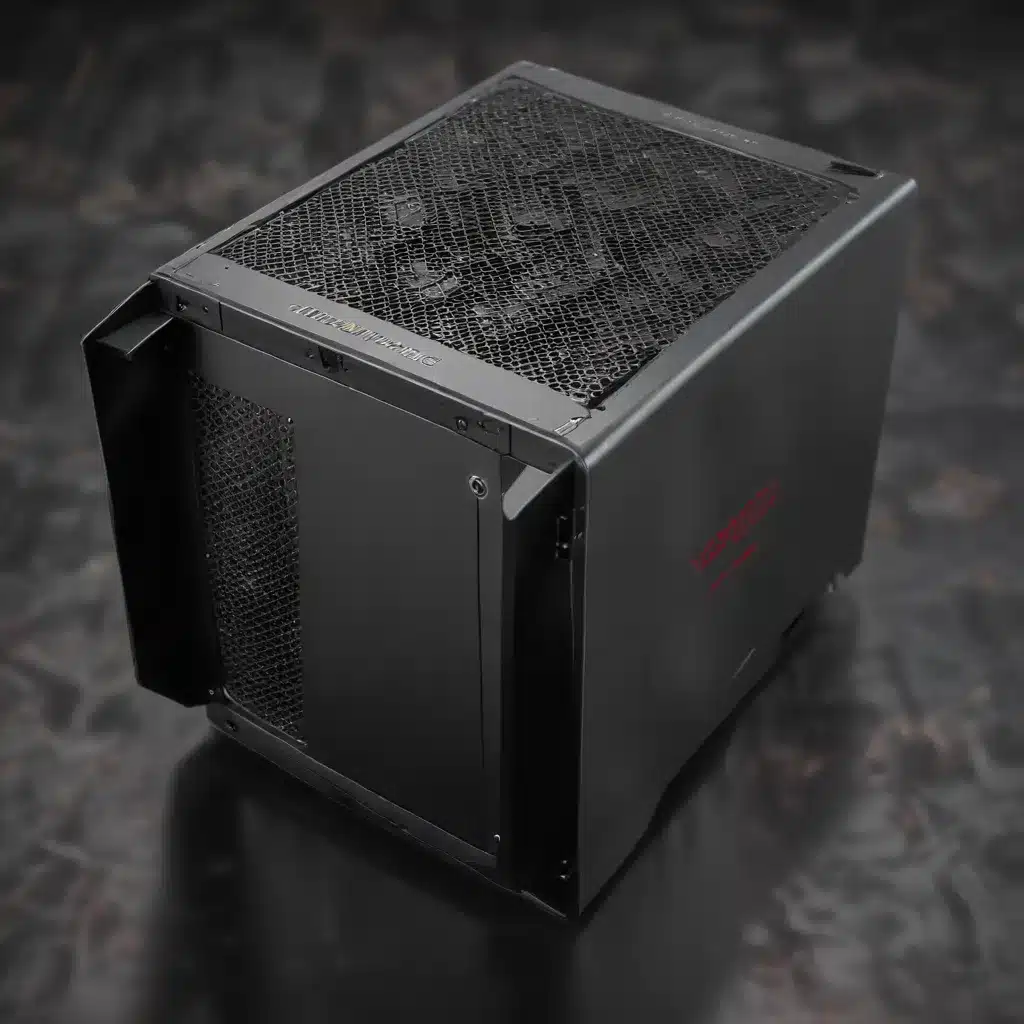
Understanding the eGPU Landscape
In the ever-evolving world of laptops, the limitations of integrated graphics have often left power users yearning for more robust graphics performance. Enter the world of external GPU (eGPU) enclosures – a game-changing solution that unlocks the power of discrete graphics for laptop users.
eGPU enclosures, also known as external graphics docks or boxes, are designed to house a high-performance desktop graphics card and connect it to a laptop via a high-speed interface, typically Thunderbolt 3 or USB-C. This ingenious setup allows laptop users to enjoy the benefits of a dedicated GPU, without the space constraints and thermal challenges of a traditional laptop.
Assessing the Pros and Cons of eGPU Adoption
As with any technology, the decision to invest in an eGPU setup requires careful consideration. Let’s explore the key advantages and potential drawbacks of embracing this solution:
Advantages:
Increased Graphics Performance: By tapping into the power of a dedicated desktop-class GPU, eGPU enclosures can significantly boost the graphics capabilities of a laptop, enabling smooth gaming, seamless video editing, and more intensive visual tasks.
Improved Versatility: eGPU setups allow users to leverage the portability of a laptop while enjoying the raw power of a high-end graphics card. This flexibility is particularly beneficial for content creators, designers, and gamers who require both mobility and advanced graphics processing.
Future-Proof Upgradability: Unlike a traditional laptop GPU, the graphics card in an eGPU enclosure can be upgraded independently, allowing users to maintain their system’s performance as newer and more powerful GPUs become available.
Potential Drawbacks:
Cost Considerations: eGPU enclosures and the accompanying desktop-grade graphics cards can be a significant investment, often costing several hundred to thousands of dollars, depending on the components.
Performance Limitations: While eGPU setups can provide a substantial boost in graphics performance, there may still be some performance limitations compared to a fully integrated desktop system due to the bandwidth constraints of the connecting interface.
Compatibility Challenges: Ensuring seamless compatibility between the eGPU enclosure, the laptop, and the graphics card can sometimes be a frustrating process, requiring careful research and troubleshooting.
Choosing the Right eGPU Enclosure
When selecting an eGPU enclosure, several factors should be considered to ensure a smooth and satisfactory user experience:
Interface Compatibility: The enclosure must be compatible with the laptop’s high-speed interface, typically Thunderbolt 3 or USB-C. Ensure that the laptop supports the necessary bandwidth requirements for optimal performance.
GPU Compatibility: The enclosure should be able to accommodate the desired desktop-class graphics card, considering factors such as physical size, power requirements, and PCIe interface compatibility.
Power Supply: The eGPU enclosure should come with a high-quality, high-wattage power supply capable of delivering the necessary power to the graphics card and any other connected peripherals.
Cooling Capabilities: Effective cooling is crucial for maintaining stable performance and preventing thermal throttling. Look for enclosures with robust cooling solutions, such as high-performance fans or liquid cooling systems.
Expansion Capabilities: Some eGPU enclosures offer additional features, such as USB ports, Ethernet connectivity, or even support for multiple graphics cards, providing greater flexibility and connectivity options.
Practical Tips for Setting up and Optimizing Your eGPU
Integrating an eGPU with your laptop can be a complex process, but with the right approach, you can enjoy a seamless and rewarding experience. Here are some practical tips to guide you through the setup and optimization:
-
Unlock the BIOS: Ensure that your laptop’s BIOS is configured to support hot-plugging and external graphics. This may require accessing the advanced BIOS settings or obtaining a customized BIOS firmware.
-
Install Necessary Drivers: Properly install the latest graphics drivers for both your laptop’s integrated GPU and the dedicated GPU in the eGPU enclosure. This will ensure optimal performance and stability.
-
Manage Power Settings: Configure the power management settings in your operating system to prevent unnecessary power-saving measures that could impact the eGPU’s performance.
-
Disable Integrated GPU: In some cases, disabling the laptop’s integrated graphics can help improve the eGPU’s performance and reduce potential conflicts.
-
Optimize for Bandwidth: Ensure that the eGPU enclosure is connected to the laptop’s high-speed Thunderbolt 3 or USB-C port to maximize the available bandwidth and minimize performance degradation.
-
Monitor Thermals: Keep an eye on the temperatures of both the eGPU enclosure and the laptop itself, and ensure adequate cooling to prevent thermal throttling and maintain stable performance.
-
Experiment with Settings: Fine-tune the graphics settings in your games, applications, and operating system to strike the right balance between performance and visual quality.
By following these practical tips and staying informed about the latest eGPU developments, you can unlock the true potential of your laptop and enjoy a seamless and powerful computing experience.
Embracing the Future of Laptop Graphics
As technology continues to evolve, the integration of eGPU enclosures with laptops is poised to become an increasingly attractive and viable solution for power users. With the ongoing advancements in high-speed connectivity, more efficient cooling systems, and the ever-improving performance of desktop-class graphics cards, the future of eGPU-enabled laptops looks incredibly promising.
Whether you’re a gamer, a content creator, or a professional who demands exceptional graphics performance, the world of external GPU enclosures offers a compelling path to unleash the full potential of your laptop. By carefully evaluating your needs, selecting the right eGPU setup, and following best practices for integration and optimization, you can unlock a new level of computing power and versatility that was once only achievable with a dedicated desktop system.
Embrace the future of laptop graphics and unlock the true power of your mobile computing experience with the help of an external GPU enclosure.












